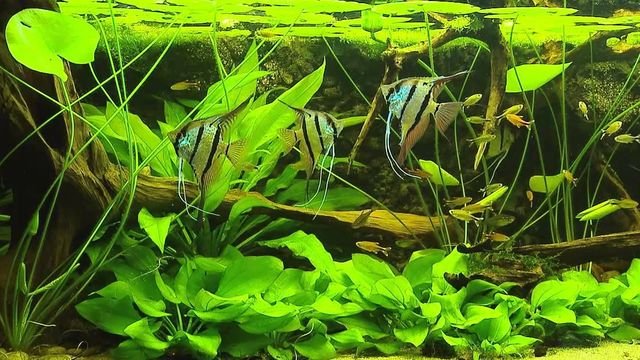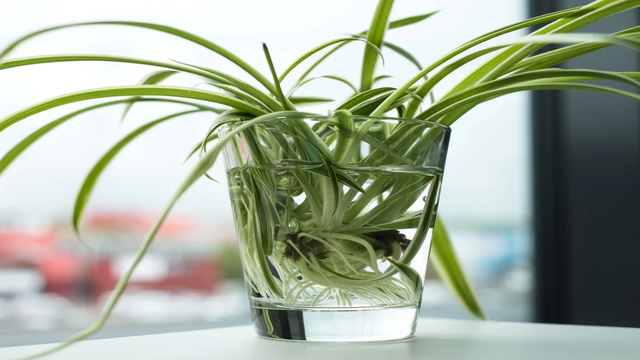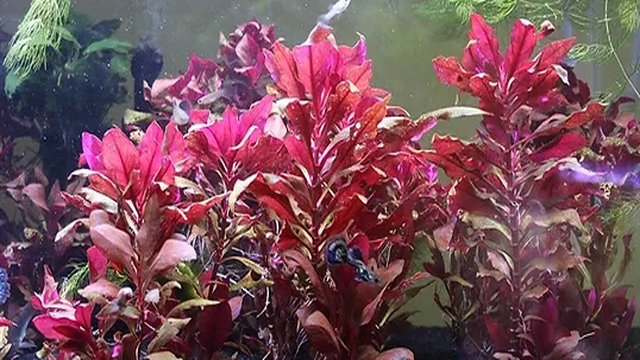Plants Growing Out Of Aquarium
As I gaze into my aquarium, I am captivated by the vibrant and lush plants that have taken root and grown out of the water. It’s like a hidden garden, thriving beneath the surface.
In this article, I will share with you the wonders of having plants growing out of your aquarium. From the benefits they provide to the tips for choosing and maintaining them, get ready to create a stunning natural aquascape that will leave you in awe.
Key Takeaways
- Aquarium plants improve water quality and release oxygen through photosynthesis.
- Choosing the right plants involves considering lighting requirements, water parameters, and compatibility with fish species.
- Regular maintenance, including trimming dead leaves and using liquid fertilizers, is important for plant health.
- Creating a natural aquascape involves incorporating driftwood, rocks, and varying plant height and texture for visual appeal.
Benefits of Aquarium Plants
One benefit of aquarium plants is their ability to improve water quality. These plants play a vital role in maintaining a healthy aquatic environment by absorbing harmful toxins and pollutants from the water. Through a process called photosynthesis, aquarium plants utilize carbon dioxide and release oxygen, which is essential for the well-being of fish and other aquatic organisms.
By removing excess nutrients such as nitrates and phosphates, aquarium plants prevent the growth of algae, which can be detrimental to fish health. Additionally, these plants provide natural hiding places and shelter for fish, reducing stress and promoting their overall well-being.
The presence of live plants in an aquarium creates a more natural and aesthetically pleasing environment, mimicking the fish’s natural habitat. Overall, aquarium plants are crucial in improving water quality and promoting the health of fish.
Choosing the Right Plants
To choose the right plants for your aquarium, start by considering their specific needs and compatibility with the fish and water conditions. Selecting suitable aquatic plants is crucial for the overall health and aesthetics of your aquarium.
Here are four factors to consider when choosing aquarium plants:
- Lighting requirements: Different plants have varying light needs, ranging from low to high intensity. Ensure that you provide adequate lighting for your chosen plants to thrive.
- Water parameters: Consider the water temperature, pH levels, and hardness. Some plants prefer slightly acidic water, while others thrive in alkaline conditions. It’s important to match the plant’s requirements with your aquarium’s water parameters.
- Growth rate: Some plants grow rapidly and may require regular trimming, while others grow slowly and require less maintenance. Choose plants that suit your desired growth rate and maintenance routine.
- Compatibility with fish: Certain fish species may nibble on or uproot plants. Research which plants are safe with your specific fish to avoid any potential issues.
Planting and Maintenance Tips
Now let’s delve into some practical planting and maintenance tips that I find helpful for keeping plants thriving in my aquarium.
When it comes to pruning techniques, it’s important to regularly trim any dead or decaying leaves to maintain the overall health of the plants. This helps prevent the growth of algae and ensures that the plants receive enough light and nutrients. Additionally, pruning also encourages new growth and helps maintain the desired shape and size of the plants.
As for fertilization methods, I recommend using liquid fertilizers specifically designed for aquarium plants. These fertilizers provide essential nutrients like nitrogen, phosphorus, and potassium, which are necessary for healthy plant growth. It’s important to follow the recommended dosage and schedule for fertilization, as over-fertilizing can lead to algae blooms and harm the fish in the aquarium.
Regularly monitoring the water parameters and making adjustments accordingly will also contribute to the overall success of the planted aquarium.
Creating a Natural Aquascape
Moving on to creating a natural aquascape, I’ve found that incorporating driftwood and rocks can add a realistic and visually appealing touch to the aquarium. Here are four key techniques to consider when designing your aquascape:
- Use driftwood to create a natural and organic look. Choose pieces with interesting shapes and textures, and position them strategically to create a sense of depth and dimension.
- Rocks can be used to create focal points and add structure to your aquascape. Consider using different types of rocks, such as limestone or lava rock, to add variety and visual interest.
- Pay attention to the placement of plants. Create groupings of different species to mimic natural ecosystems, and vary the height and texture of the plants to create a visually appealing composition.
- Don’t forget about negative space. Leave open areas of substrate or water to create a sense of balance and allow the eye to rest.
Troubleshooting Common Issues
As I troubleshoot common issues with plants growing out of the aquarium, I’ve found that proper pruning and maintenance are key to maintaining a healthy and balanced ecosystem.
One of the most common problems I encounter is overgrowth. When plants become too dense, they can block light and hinder the growth of other plants. Regular pruning helps to prevent this issue by removing excess foliage and promoting better light penetration.
Another common issue is pest control. Unwanted pests like snails or algae can quickly overrun the aquarium and damage the plants. To combat this, it’s important to regularly inspect and clean the aquarium, removing any pests or algae that are present.
Additionally, maintaining good water quality and providing adequate nutrients will help to prevent common problems and promote the overall health of the plants.
Frequently Asked Questions
Can I Use Regular Soil From My Garden to Plant Aquarium Plants?
No, using regular garden soil in an aquarium is not recommended for planting aquarium plants. It can lead to water quality issues and harm the fish. It’s best to use specialized substrate designed for aquariums.
Do Aquarium Plants Require a Special Type of Lighting?
Yes, aquarium plants do require special lighting for optimal growth. The right type and intensity of light is crucial for their photosynthesis process. Without it, they may not thrive and could even die.
How Often Should I Trim or Prune Aquarium Plants?
I love trimming my aquarium plants! It’s like giving them a little haircut. To propagate them, I use the best techniques for pruning. Regular trimming keeps them healthy and promotes new growth.
Can I Use Fertilizers or Plant Supplements to Enhance the Growth of Aquarium Plants?
Yes, you can use fertilizers or plant supplements to enhance the growth of aquarium plants. When considering fertilizer application, it’s important to choose between organic and synthetic supplements based on the needs of your plants.
What Are Some Common Signs of Nutrient Deficiencies in Aquarium Plants?
To identify and treat nutrient deficiencies in aquarium plants, look for signs like yellowing leaves, stunted growth, and weak roots. Adding nutrient-rich substrates and using fertilizers or plant supplements can help improve their health and growth.
Conclusion
In conclusion, incorporating live plants into your aquarium not only adds beauty to your underwater world, but also provides numerous benefits for your aquatic pets.
From improving water quality to providing natural hiding spots, these plants create a more harmonious and healthy environment for your fish.
By choosing the right plants, following proper planting and maintenance techniques, and creating a natural aquascape, you can enjoy the beauty and benefits of a thriving aquarium ecosystem.
So why wait? Start growing your own underwater garden today!



